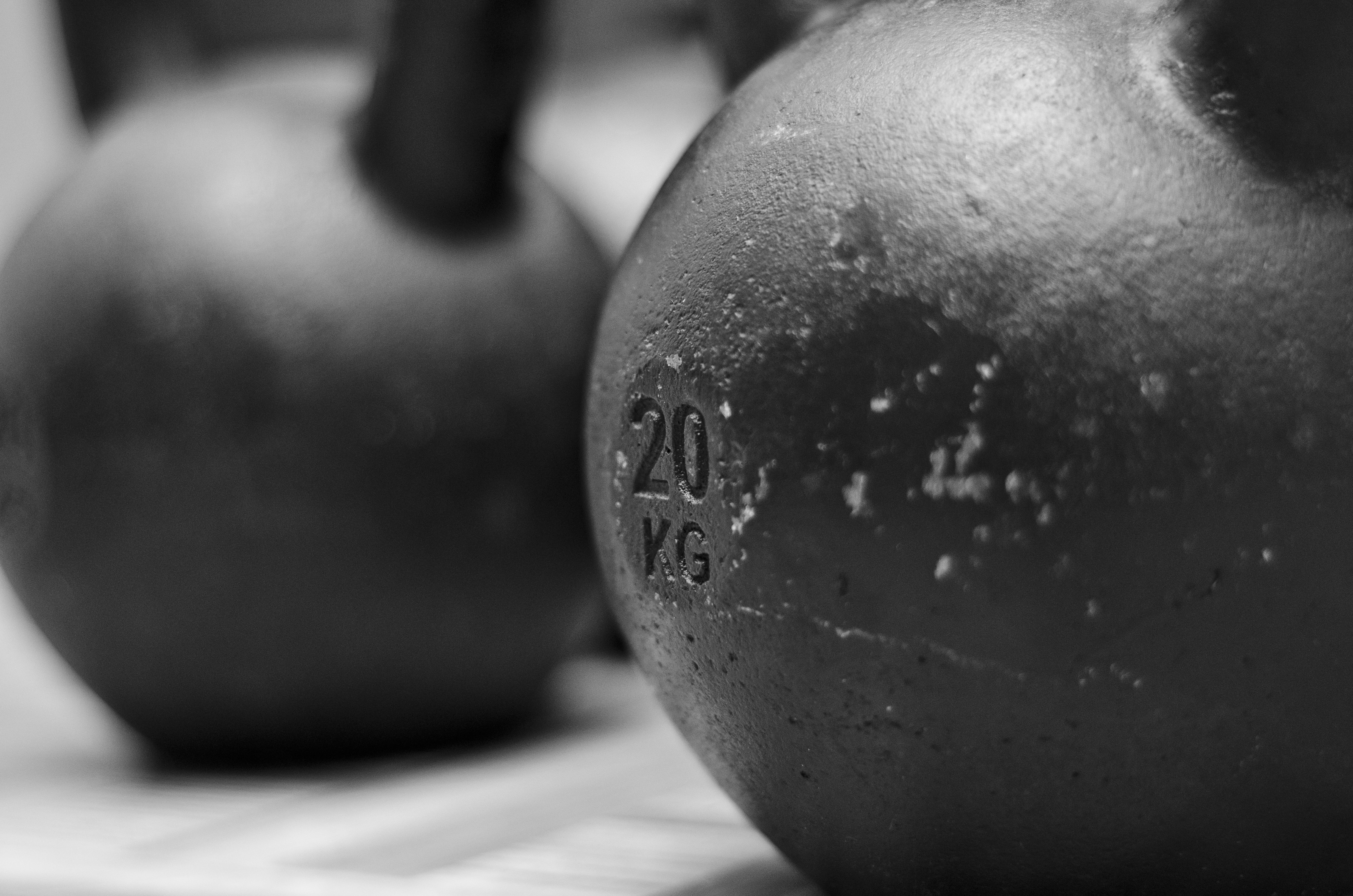The first part of this series covered using dynamic flexibility exercises as part of the warm-up (see http://wp.me/p1XfMm-2O ). This part will cover core training.
Core training is a type of exercise that really lends itself to being incorporated into the warm-up. Years ago the English language became politically correct. Jungles became rainforests, swamps became wetlands, and ab work became core training. Core training has been done for as long as people have worked out, but lately the options for how to approach it have greatly expanded largely as a result of the increased incidences of lower back injuries in the general population and for a need for fitness professionals to distinguish themselves from other fitness professionals.
Basically there are several types of exercises that can be done in core training:
• Traditional exercises: These are the exercises that most of us are familiar with; sit-ups, crunches, leg raises, etc. They can be done slowly, explosively, with body weight, with medicine balls, with plates, with dumbbells, etc. They are effective but they can also increase the stress and strain at the lower back – which is bad if you are predisposed to an injury there.
• Holds: These involve holding various positions to stress the core. For example, assume the push-up position but with your forearms supporting your weight (instead of your hands). Tighten your core and hold the position. These are less stressful on the lower back, but they take a certain amount of skill to perform. Once you get good at these, they can be done with less support or on an unstable surface (like a stability ball or a wobble board).
• Stability exercises: There are all kinds of exercise that combine balance with core training. Some of this can resemble training for the circus and be about as useful to you. The main ones to focus on are performed on stability balls – which are large, inflated balls. Trying to perform core training while balancing on a ball that wants to roll around under you will require you to activate muscles you did not know that you had!
One of the issues with core training is that most people don’t do enough. Three sets of twelve isn’t going to get it done. When I was starting out in working out, I read a book that said you need to do at least 300 reps a day in ab work to get results. Now, that wasn’t based on any scientific research – it was the coach’s opinion. I’ve used that as an unofficial guide for my workouts since then. The 300 reps isn’t important, the important point is that you need to do enough. When working with athletes, I’ve found that core training is an area that responds really well to two things: timed sets and circuit training.
Timed sets mean that rather than shooting for a specific number of reps, you do the exercise for a specific amount of time. For example, perform crunches for 30 seconds.
Circuit training is a fast and effective way to perform core training. The idea here is to pick 8-12 exercises, perform each for 30 second or so, and do the exercises without resting between them. That means your entire core training could take four to six minutes.
Like core training and dynamic flexibility exercises, prehab exercises help with injury prevention if done properly. They can also be considered to be a valuable part of a warm up. The third part in this series will cover prehab exercises.

